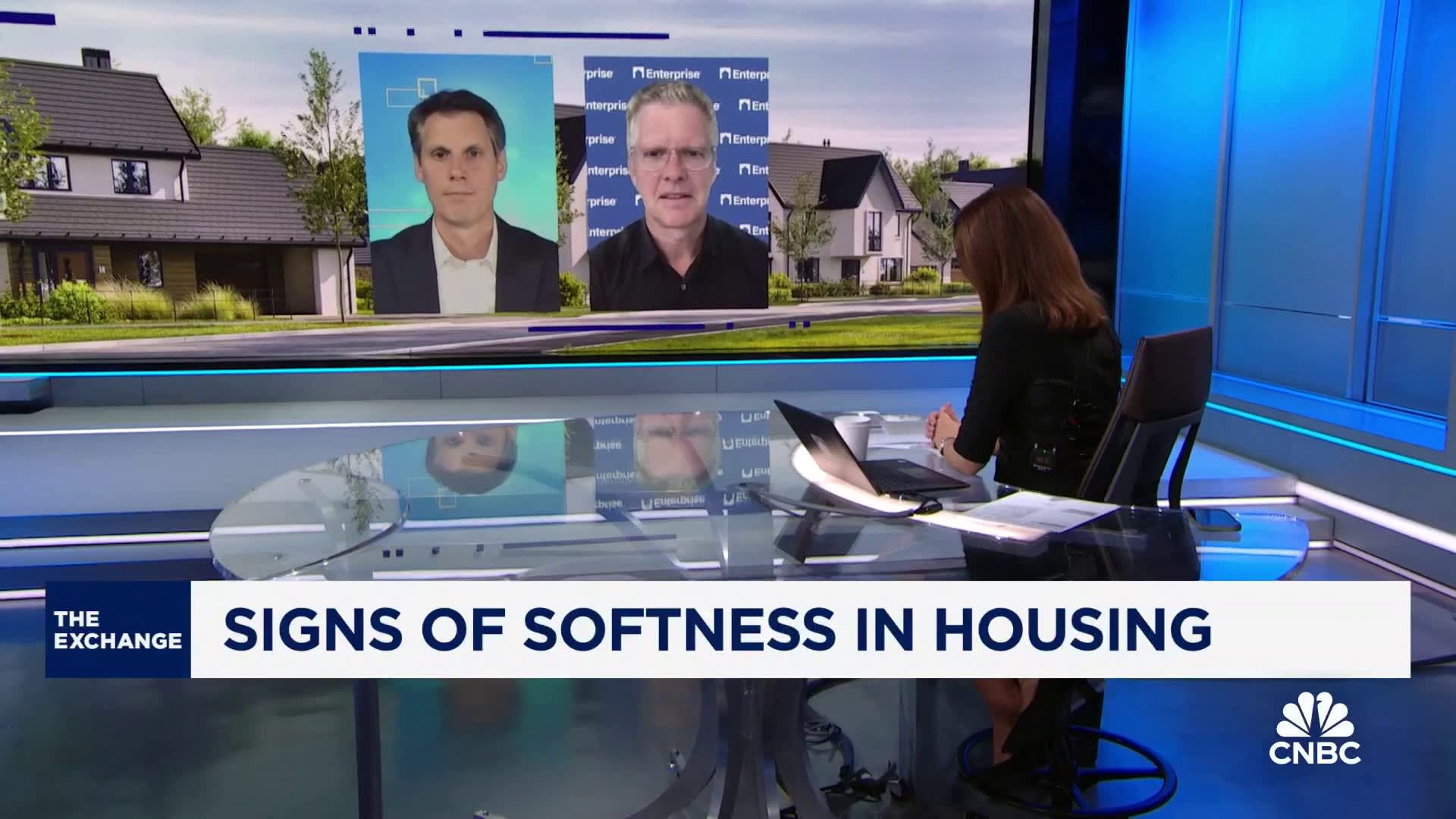
Housing inflation has remained stubbornly high even as inflation in the broad U.S. economy has cooled significantly from peak levels during the pandemic era.
Its painfully slow decline is the main impediment keeping the consumer price index from falling back to policymakers’ target, economists said.
“We see it as the last remaining leg” before CPI normalizes, explained Joe Seydl, senior markets economist at J.P. Morgan Private Bank.
Housing accounts for 36% of the CPI index — by far the largest share relative to other categories like food and energy — since it’s the biggest expense for the average household. Movements in shelter prices therefore have an outsized influence on inflation readings.
At a high level, “shelter” inflation is a measure of U.S. rental prices, said Jessica Lautz, deputy chief economist at the National Association of Realtors.
But the way Bureau of Labor Statistics calculates those prices means the shelter inflation index lags trends in the real-time rental market (as explained in more detail below).
Why CPI shelter inflation has fallen slowly
The pullback in shelter inflation has been slower than expected, economists said.
It fell to a 5.2% annual rate in June 2024 from a peak around 8% in early 2023, according to CPI data. Its current level is about 2 percentage points above its pre-pandemic baseline.
“[Shelter] has moved in the right direction,” said Olivia Cross, a North America economist at Capital Economics. “It’s just moving much, much slower than anyone really expected.”
This dynamic may seem at odds with the current state of the rental market.
The annual inflation rate for new rental contracts has plummeted to 0.4% in the first quarter of the year — lower than its pre-pandemic baseline — from record highs of around 12% just two years earlier, according to BLS data.
More from Personal Finance:
Is inflation Biden’s or Trump’s fault? The answer isn’t so simple
More Americans are struggling even as inflation cools
Homeowners typically spend nearly $55,000, report finds
The reason for shelter’s glacial pace in CPI data is largely a function of how the federal government constructs its housing inflation index, economists said.
The government’s methodology means changes in shelter CPI readings are delayed relative to those in the current rental market.
“We’ve found now that there are big lags,” Federal Reserve Chair Jerome Powell said in June. It may take “several years” for the shelter CPI readings to reflect recent dynamics in the rental market, he added.
“When the Federal Reserve is looking [at] what’s happening with inflation, they are very well aware of this concern of this shelter delay and take that into consideration when they’re making decisions about what to do regarding inflation,” said Selma Hepp, chief economist at CoreLogic.
How the CPI reflects homeownership
The shelter inflation index is meant to measure the average cost of housing in the U.S. economy, J.P. Morgan’s Seydl said. Its two main components are rent and “owners’ equivalent rent of residences.”
Assessing changes in spending for renters, who pay a monthly rent to their landlords, is straightforward.
But most Americans are homeowners. For them, the calculus is more challenging: The BLS considers owned housing units as investments, not goods that are consumed.
[Shelter] has moved in the right direction. It’s just moving much, much slower than anyone really expected.
Olivia Cross
North America economist at Capital Econoics
Regular costs incurred by homeowners — like a mortgage, property taxes, real estate fees, most maintenance and all improvement costs — are treated as “capital” costs rather than consumption. They don’t fit neatly into the CPI basket, which measures changes in the prices of goods and services that Americans consume.
“When it comes to the CPI, [shelter] does not mean the cost for homes for purchase,” said the NAR’s Lautz.
The BLS uses the “owners’ equivalent rent” (OER) category to put homeowners on a level playing field with renters. It measures the “value a homeowner could have received by renting out the good (i.e., the home) rather than using it themselves,” according to the BLS.
The BLS has used this framework since 1987, the agency said.
Imputing a rental value to owned homes is something “many countries around the world do” when gauging inflation, Powell said in June.
How the BLS constructs the shelter index
Because rents generally don’t change from month to month, the government constructs its CPI shelter index by sampling a “staggered panel” of renters and homeowners, Seydl said.
It splits the sample into six groups, and surveys each on a staggered basis every six months. For example, House A is polled in January and July, House B in February and August, and so on. It aggregates price changes into its overall shelter index.
The index moves slowly and with a lag due to the staggered nature of the data, economists said.
“What we’re seeing in the CPI data has already happened in the nine to 12 months prior,” said CoreLogic’s Hepp.
Shelter inflation should continue to moderate as it catches up to the trend in new rental contracts and, broadly, as more rental units become available, experts say.
“We’ll continue to see slowing or deceleration in the rent component,” Hepp said.
Rental prices increased during the pandemic because demand outpaced supply, which caused rental prices to surge, she said.
“One of the reasons rent growth has slowed is because there is more building of multifamily units,” Lautz said. “It’s meeting more of the demand that was really tight.”

